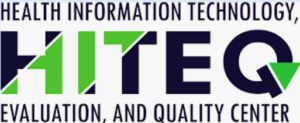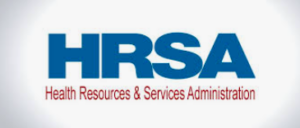
Preventing Chronic Disease (PCD) welcomes submissions for its upcoming collection, Rural Health Disparities: Contemporary Solutions for Persistent Rural Public Health Challenges.
Public health challenges have been documented in rural geographical areas and remain persistent public health, medicine, and health services problems. These challenges include limited health care access, excessive tobacco use in poor counties, limited physical activities, socioeconomic inequities, behavioral and mental health conditions, and major chronic diseases. These persistent rural health challenges magnify and lead to racial and socioeconomic disparities.
The goal of this collection is to capture current solutions to these challenges. Peer-reviewed articles in this collection will help advance the discourse on rural public health beyond biomedical models for chronic disease prevention. For this collection, PCD encourages the submission of manuscripts covering diverse topics using various article types. We encourage authors to explore the social determinants of health, environmental influences, policy interventions, and community-based initiatives contributing to chronic disease prevention in rural areas.
PCD is a peer-reviewed public health journal published by the Centers for Disease Control and Prevention (CDC) and authored by experts worldwide. Visit the PCD website for more information about the journal, submission guidelines, and deadlines for this upcoming collection.
Key Dates: Accepted manuscripts will be published on a rolling basis. Please submit an inquiry to the Editor in Chief at PCDeditor@cdc.gov by July 19, 2024. All manuscripts intended for this collection are due by January 24, 2025. The collection will include published manuscripts along with a guest editorial, set to be published in Summer 2025.






 On May 21, the Federal Appeals Court ruled that the 340B statute doesn’t prohibit drugmakers from placing any conditions on distribution of 340B drugs to covered entities. However, the ruling left open the possibility that more stringent conditions by drugmakers could be illegal. NACHC is analyzing the appeal and its impact on FQHCs. Click
On May 21, the Federal Appeals Court ruled that the 340B statute doesn’t prohibit drugmakers from placing any conditions on distribution of 340B drugs to covered entities. However, the ruling left open the possibility that more stringent conditions by drugmakers could be illegal. NACHC is analyzing the appeal and its impact on FQHCs. Click  The U.S. Department of Health and Human Services (HHS), Health Resources and Services Administration (HRSA), Region 3 Office, will present key steps and resources for seeking federal grants. Attendees will have a chance to learn about identifying HRSA grant opportunities, navigating the grant application process, and accessing technical assistance resources. In addition, the session will include tips from a current HRSA grantee and details on how to become a HRSA grant reviewer. Individuals at all levels of experience, from those considering a first grant submission to those with prior grant writing experience, are welcome. PLEASE NOTE: The registration site also includes the full grant writing series, Ready! Set! Write! Grant Writing from A to Z. Scroll down the page to register for the free federal session scheduled for Tuesday, June 4, 9:30–11:00 am. Click
The U.S. Department of Health and Human Services (HHS), Health Resources and Services Administration (HRSA), Region 3 Office, will present key steps and resources for seeking federal grants. Attendees will have a chance to learn about identifying HRSA grant opportunities, navigating the grant application process, and accessing technical assistance resources. In addition, the session will include tips from a current HRSA grantee and details on how to become a HRSA grant reviewer. Individuals at all levels of experience, from those considering a first grant submission to those with prior grant writing experience, are welcome. PLEASE NOTE: The registration site also includes the full grant writing series, Ready! Set! Write! Grant Writing from A to Z. Scroll down the page to register for the free federal session scheduled for Tuesday, June 4, 9:30–11:00 am. Click